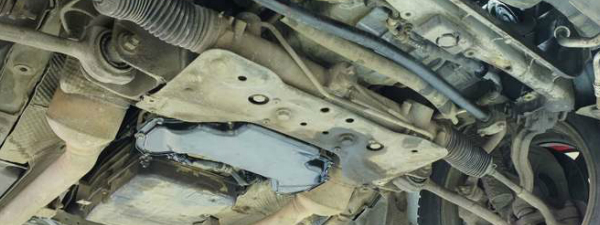Road salts are the biggest reason for rusting of cars. These harmful salts are mixed with sand and strewn across roads to defreeze snow. While the abrasive sand particles cause scratches on the metal surface, the salts aggravate rusting by catalyzing the oxidation of the metal. As a result, cars start to rust from the bottom up. The best solution to avoid this damage to cars is to undercoat their lower side.
Here are some important things to know before you choose to undertake the process.
Follow Instructions
Undercoating solutions come in spray bottles and with a clear set of instructions. It is important to go through the instructions and pay attention to the smallest aspect. Details pertaining to the time taken to dry, distance between the bottle nozzle and car surface and safety precautions must be duly acknowledged.
Set the Right Place
When a car has to be undercoated, it must be taken to the nearest automobile dealer. It must be hoisted, washed, and dried completely to make it ready for the undercoating. It is recommended to execute the process in an open space as these sprays contain toxic substances with a strong odor.
The Obvious and Not-So-Obvious Parts of the Car
Some areas on the underside may be tricky to be covered completely by the spray. For instance, the area behind the exhaust system, the control arms, and fuel lines are some difficult areas to be protected.
Coat More Than Once
After the first coating allows a few minutes for it to dry completely. Follow up with another coat to ensure all parts of the underside are covered.

